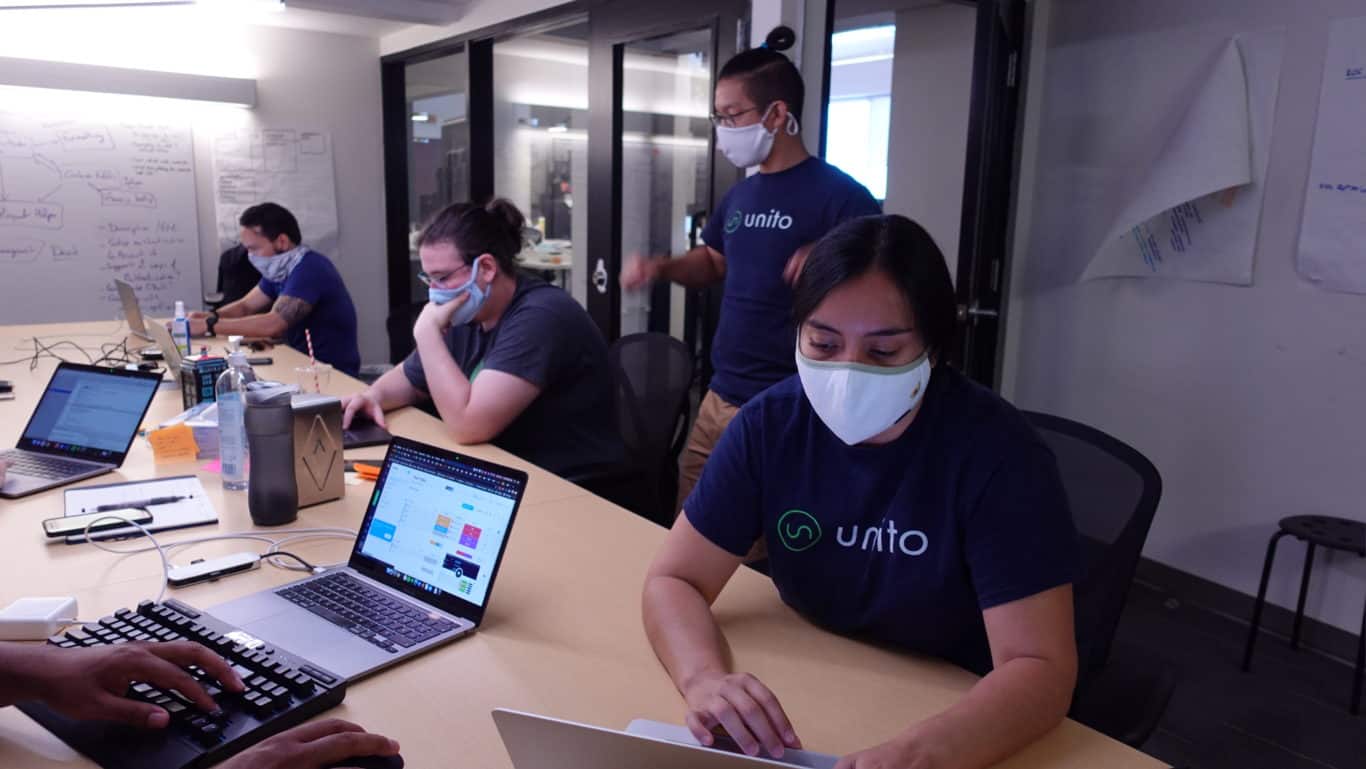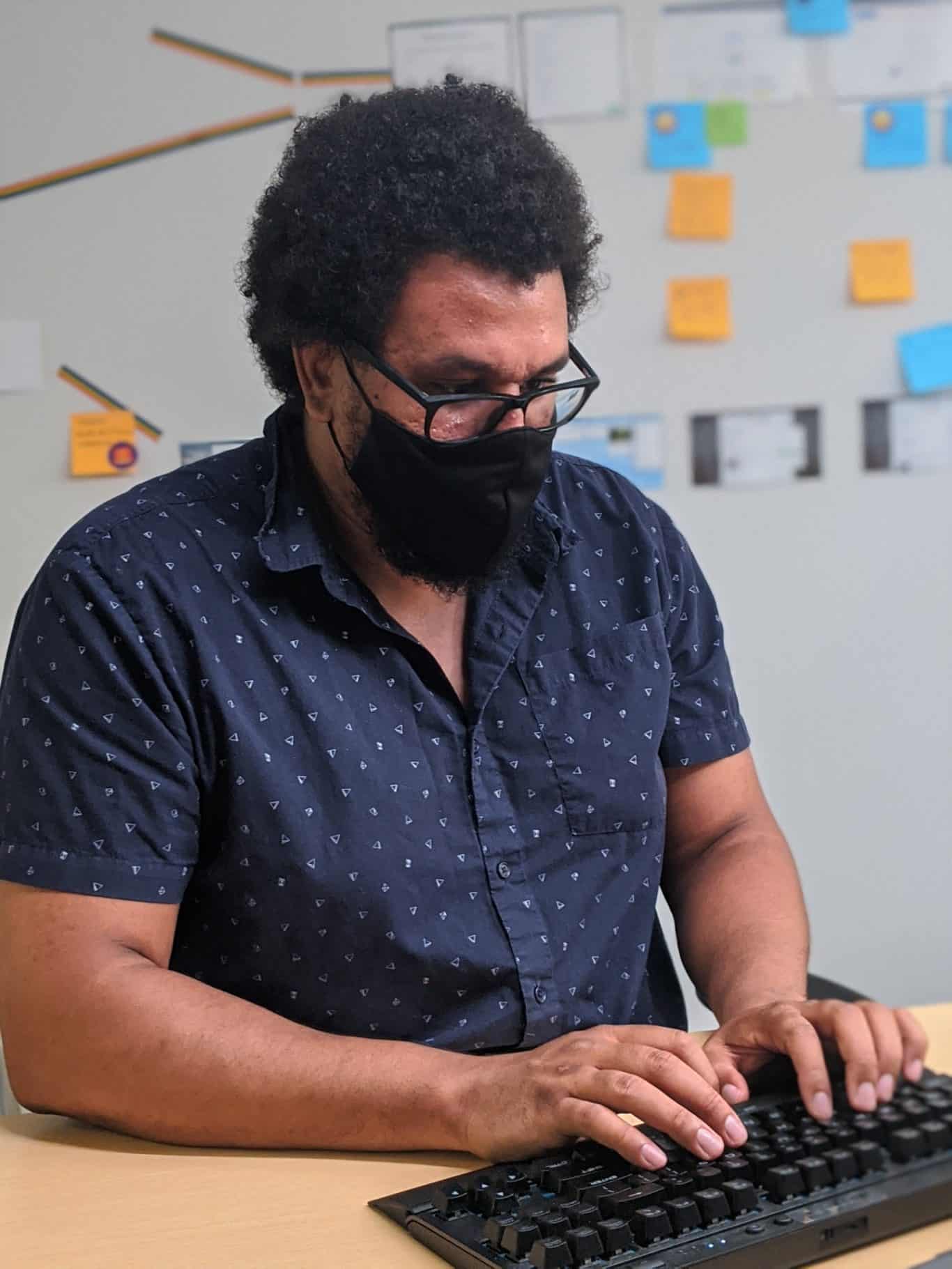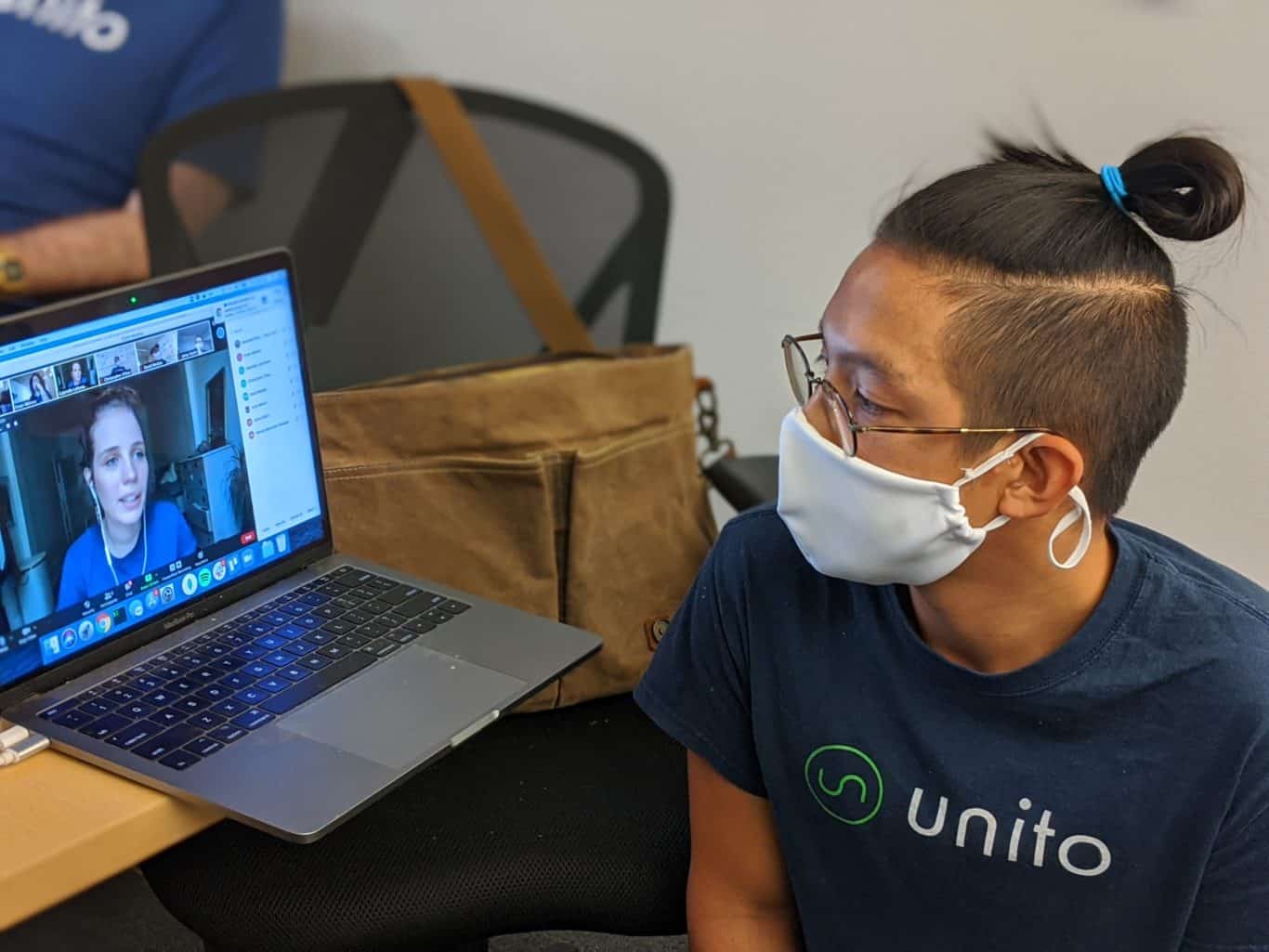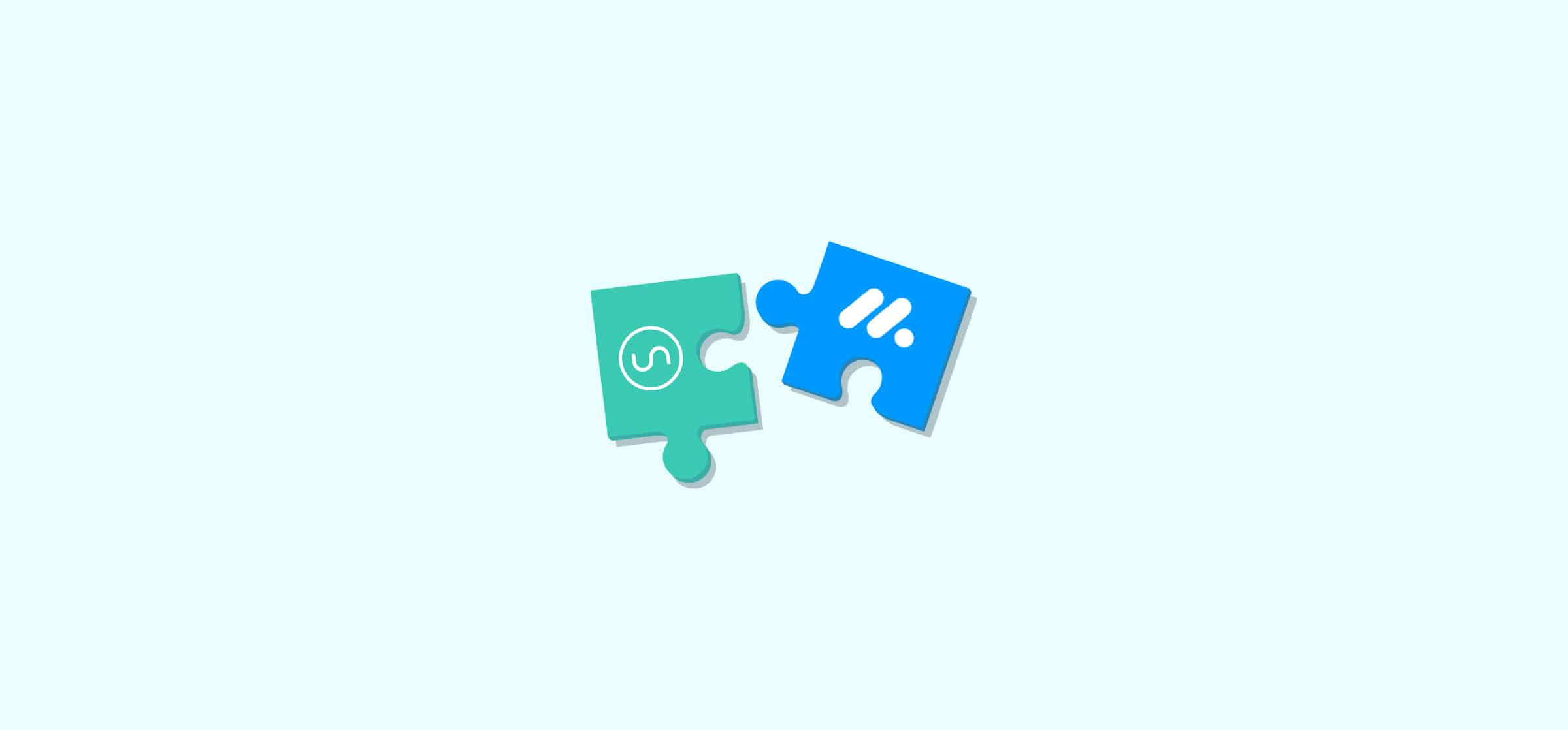Building on the monday.com API: What We Learned During a Pandemic Hackathon
Unito is built on integration. We need to be on top of which work tools are most popular in order to provide people with the ability to build workflows across them. From user research to search trends, we knew monday.com was at the top of that tool list. So our team set out to build a brand new integration on the monday.com API.
Of course, like countless other organizations, Unito has been fully remote for five months now. We had to learn to adapt to this new reality in all facets of work, including big development projects. In this case, we decided to run a two-day hackathon in our office. For the first time in months, Unito’s development team got together in the same place — everybody wearing a mask — to try and build out a proof of concept monday.com integration. Here’s what that was like.
Learning GraphQL on the fly
Before we jump into the hackathon, a quick word about the new skill we had to learn.
Almost all of our integrations rely on REST APIs, the de facto standard. These APIs use multiple endpoints to gather data. But monday.com uses GraphQL, which we don’t support in our system.
GraphQL is a more modern way to build and query APIs. It offers more flexibility and is quickly growing in popularity among developers. The option to precisely generate the information that a user wants using a single endpoint is definitely preferable to sending multiple REST calls to receive the same data.
We needed to learn this query language and the different concepts and challenges that we might encounter to integrate it in our system. The challenges made our hackathon both really stressful, because we still had to produce deliverables while figuring out GraphQL, and really fun, because our developers love a good challenge.
Building a proof of concept
The entire goal of our hackathon was to build a proof of concept monday.com integration. This would act as the base on which we could build a fully fleshed-out integration (one of the most requested integrations among our users, by the way!).
It wasn’t easy to integrate all the necessary GraphQL requests within our abstract life cycle model — we had to manually write each query so it would map correctly. But in the end, we succeeded in adapting our API calls with GraphQL for our proof of concept. When our hackathon ended we were able to demo a working integration and deliver on our goal!
Working with the monday.com team
More than the monday.com API, one of the real pleasures of this entire experience was working with the monday.com team. They were super responsive and always willing to help. We really took advantage of their knowledge to implement GraphQL in our platform. These interactions were core to our hackathon’s success, and I think everyone involved is excited to keep working with monday.com.
Pandemic hackathons: A primer

The experience of building on monday.com’s API was made more interesting by the fact that our team is largely remote. We really wanted to take this opportunity to bring the team together to take on a new, high-intensity challenge again, and that’s how this hackathon came to be.

Here’s a little bit of insight into the pandemic hackathon process.
Team safety
One of our main priorities when planning this was obviously ensuring the safety of all participants. So, for the full duration of the hackathon, every single team member that was physically present had to wear a mask.
It was challenging at times. It’s strange speaking to your colleagues through a piece of cloth for an entire day. But everyone understands the situation and they all jumped at the chance to work collaboratively in the same space again. The trade-off was an easy one.
Remote prep

Making this hackathon work was a lot like making hybrid meetings work. We didn’t want to force anyone to come to the office if they didn’t feel comfortable, so we had to put in some prep time to ensure everyone could contribute equally.
To make sure our remote coworkers didn’t feel like they were watching the hackathon in slow motion, we booked the rooms with the best wifi and pre-tested the audio and video. We also made sure that the contributions of remote colleagues were being noted, both mentally and on physical whiteboards in our office space.
Build code and building culture
While the hackathon had a tangible goal — one that will absolutely make an impact on our business — this experience was hugely beneficial to our team. After being forced to isolate like everyone else for months, we used this opportunity to rekindle our development team culture. We took advantage of our breaks and lunch time, buying everybody food (including remote employees) so we could chat and bond over lunch. We also took and shared photos of the experience with the entire company. This was a really positive, fun experience for our group. It gave us a highly-valued sense of normality, even just for a day.


